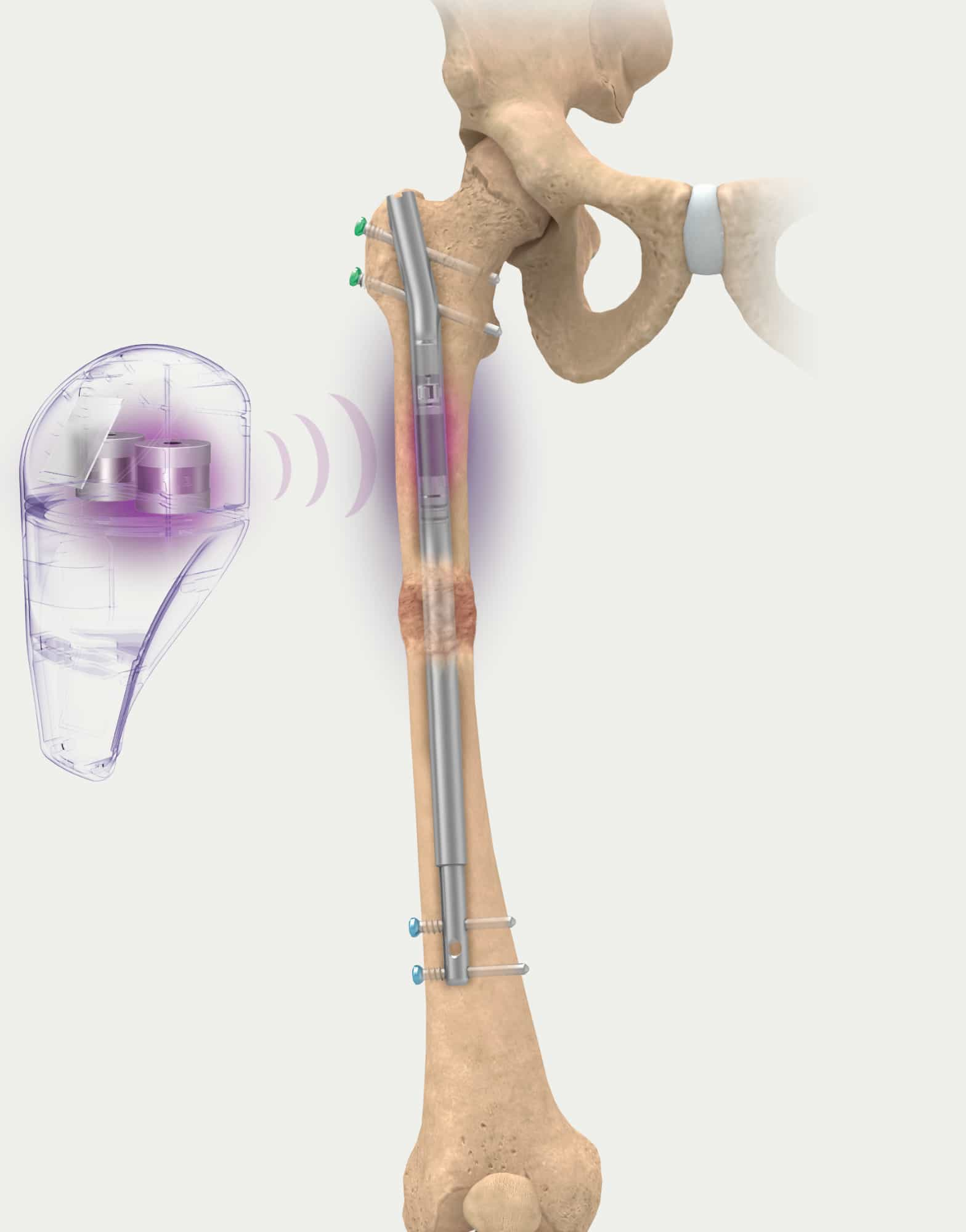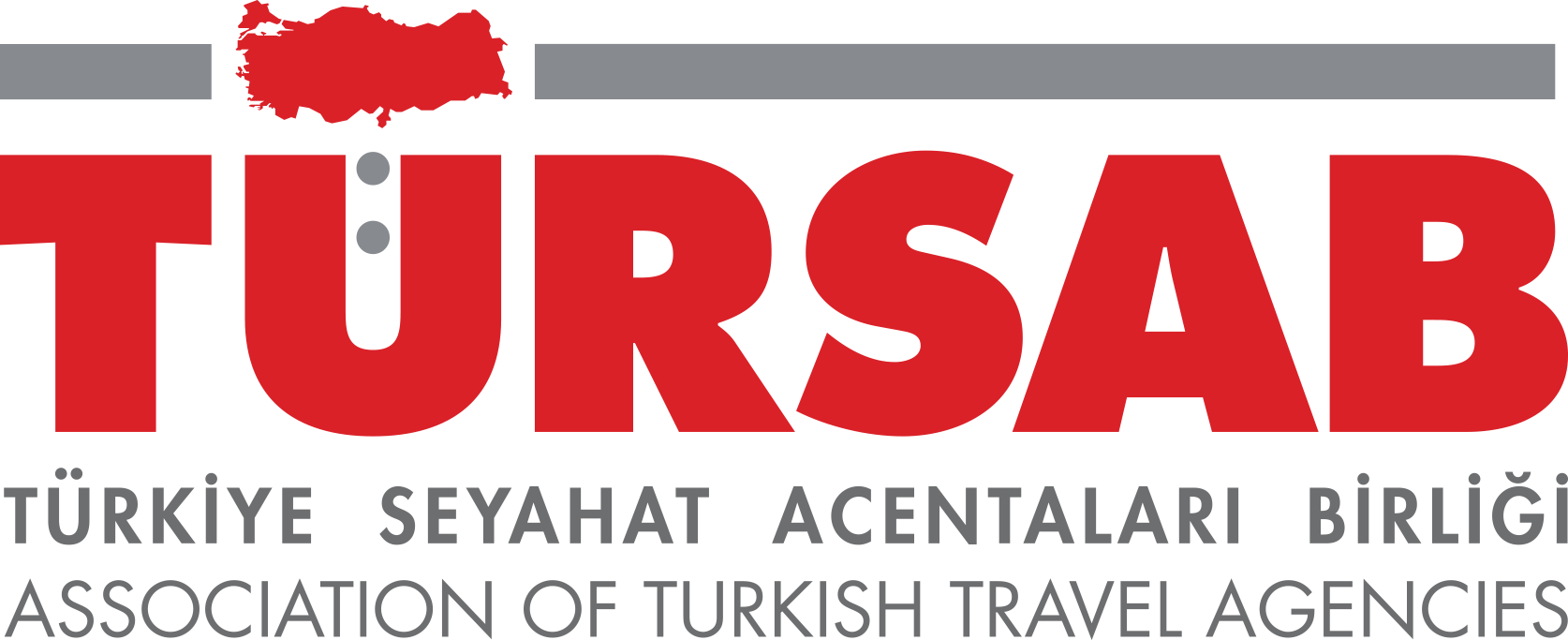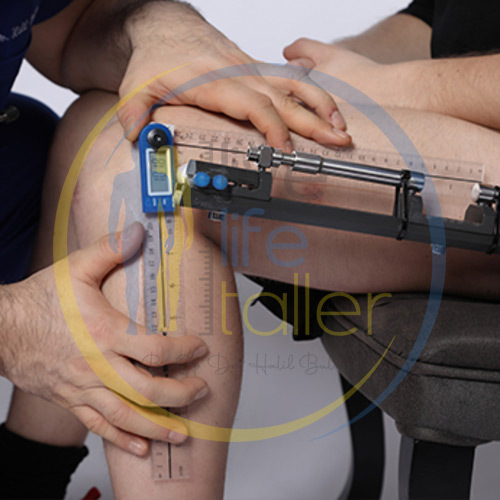
Choosing the right limb lengthening method is crucial for ensuring a safe and effective procedure. Each technique has its unique features, advantages, and potential downsides. Whether you’re looking for gradual results or a faster recovery, understanding these methods can help you make an informed decision. In this guide, we will cover the most popular leg-lengthening methods: Ilizarov surgery, Holyfix method, LON method limb lengthening, and Precice 2 limb lengthening.
Table of Contents
ToggleWhat Is the Ilizarov Method?
The Ilizarov method is a time-tested technique for bone lengthening and correction of deformities. Developed by Dr. Gavriil Ilizarov, it uses a circular external fixator, which surrounds the limb and attaches to the bone through pins and wires. This method gradually distracts (separates) the bone to allow new bone growth in the gap created.The Ilizarov surgery is widely recognized for its durability and versatility. It’s particularly useful in cases of significant deformities, complex fractures, or when other methods are not suitable. This method also supports simultaneous correction of angular deformities while lengthening the bone.
In Which Situations Is the Ilizarov Method Used?
The Ilizarov method is commonly used for limb lengthening in cases of congenital deformities, severe trauma, or previous unsuccessful surgeries. It is also highly effective in correcting bone deformities while lengthening the bone, which makes it a versatile option. Patients with complex fractures or those who require both lengthening and alignment correction are often candidates for Ilizarov surgery.
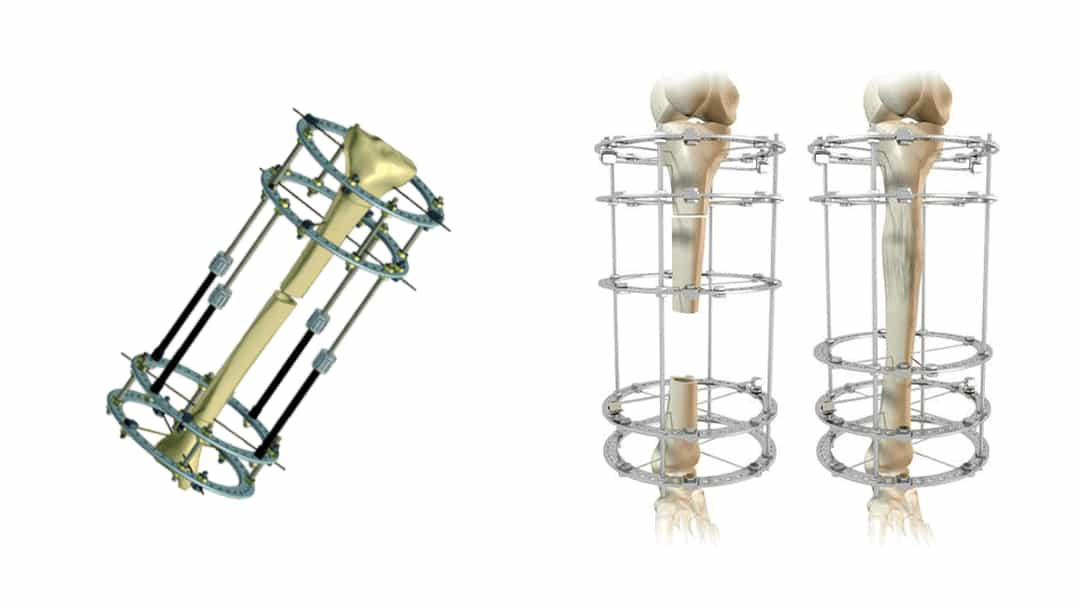
What Are the Advantages and Disadvantages of the Ilizarov Method?
One of the primary advantages of the Ilizarov method is its versatility. It can address a wide range of bone deformities and fractures. Additionally, since the external fixator is durable, it allows weight-bearing earlier in the recovery process compared to some other methods.
However, the external device can be bulky and uncomfortable for patients, and the treatment duration is typically longer. The presence of pins and wires can also increase the risk of infection at the pin sites. Despite these drawbacks, the Ilizarov method remains one of the most reliable and adaptable options for limb lengthening.
What Is the Holyfix Method?
The Holyfix method is a variation of external fixation used in limb lengthening procedures. Unlike the Ilizarov method, which utilizes a circular fixator, the Holyfix method involves a monorail external fixator, which is attached to the bone through pins. This method offers a simpler and lighter device for external fixation, making it a more comfortable alternative for patients compared to bulkier external devices.In this method, gradual bone distraction occurs externally, while the bone regenerates in the gap. Once the lengthening phase is complete, the external fixator is removed, and the newly formed bone begins to harden and consolidate.
How Effective Is the Holyfix Method?
The Holyfix method is effective for moderate limb lengthening needs. It is commonly used in cases where a less bulky external fixator is preferred, offering a balance between comfort and function. Patients undergoing the Holyfix method experience gradual lengthening, similar to the Ilizarov method, but often with improved comfort due to the more streamlined external device.
What Are the Advantages and Disadvantages of the Holyfix Method?
One of the main advantages of the Holyfix method is the reduced discomfort caused by the external fixator. The lighter and simpler design makes it easier for patients to manage daily activities during the lengthening phase. Additionally, it is a reliable technique for moderate bone lengthening.
However, the Holyfix method still involves external fixation, which can lead to some discomfort or inconvenience, especially during the lengthening phase. As with any external device, there is also a risk of pin site infections and scarring. Overall, the Holyfix method is considered a good middle-ground option for those seeking less cumbersome external devices while still achieving effective lengthening.
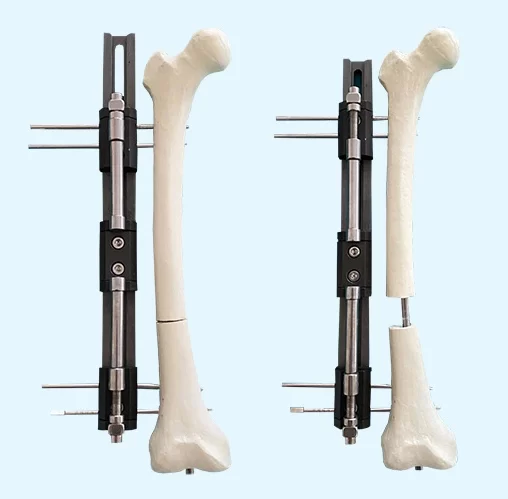
What Is the LON Method?
The LON method (Lengthening Over Nail) combines both internal and external fixation techniques for limb lengthening. Initially, an external fixator is applied to the limb for the bone distraction phase. Once the desired lengthening is achieved, the external fixator is removed, and an internal nail is placed within the bone to maintain stability during the consolidation phase.The LON method limb lengthening is a hybrid approach that seeks to reduce the amount of time patients spend with an external fixator by using the internal nail to support the newly lengthened bone.
In Which Situations Is the LON Method Preferred?
The LON method is typically preferred for patients who want to minimize the time spent with an external fixator. This method is useful for individuals who require limb lengthening but want to accelerate their recovery process by transitioning to an internal device (nail) sooner. It is often recommended for patients with mild to moderate deformities or when quicker rehabilitation is a priority.
What Are the Advantages and Disadvantages of the LON Method?
The biggest advantage of the LON method is the shorter period spent wearing an external fixator. This hybrid method reduces the discomfort associated with long-term external fixation, offering patients a faster return to daily activities once the external device is removed. Additionally, the internal nail helps maintain stability during the consolidation phase, reducing the risk of complications.
On the downside, the LON method requires two surgeries—one to apply the external fixator and another to insert the internal nail. This can increase the overall recovery time and surgical risk. The presence of an internal nail may also cause discomfort for some patients, though this is typically less problematic than external devices.
What Is the Precice 2 Method?
The Precice 2 method is an advanced internal limb lengthening technique that uses a magnetically controlled internal rod, known as an intramedullary nail, to lengthen the bone. Unlike external fixators, the Precice 2 limb lengthening method involves placing the device entirely within the bone, which reduces external discomfort and the risk of infections.The lengthening is controlled by an external remote, which adjusts the internal nail gradually, allowing for precise and controlled bone distraction. This method is minimally invasive and widely regarded as one of the most advanced options for limb lengthening.
Why Is the Precice 2 Method Preferred?
The Precice 2 method is preferred for patients seeking a less invasive and more comfortable limb lengthening experience. The absence of an external fixator allows for a more discreet and manageable recovery process. Patients can continue many of their daily activities without the burden of external devices, and the precision offered by the external remote ensures gradual, controlled lengthening.This method is highly suitable for individuals who prioritize comfort and precision during their limb lengthening journey, and it offers fewer risks of complications compared to external fixator methods.
What Are the Advantages and Disadvantages of the Precice 2 Method?
The primary advantage of the Precice 2 method is the comfort it provides due to the internal device and the absence of external fixators. This leads to fewer pin site infections and reduced scarring, and it allows patients to go about their daily lives with greater ease during the lengthening process. The precise control of the lengthening via a remote device ensures a safe and effective outcome.
However, Precice 2 is one of the more expensive limb lengthening methods due to the advanced technology involved. Additionally, since it is a purely internal method, it may not be suitable for patients who require simultaneous correction of deformities alongside limb lengthening.
What Is the Precice Stryde Method?
Note: The Precice Stryde method was discontinued in 2021 due to concerns regarding corrosion at the junction of the male and female parts of the nail. While it was a popular option for limb lengthening, it is no longer available.
With this detailed overview of the Ilizarov, Holyfix, LON, and Precice 2 methods, you are now equipped with the knowledge to choose the best leg lengthening procedure based on your specific needs and recovery goals. Each method has its advantages and limitations, so it is important to consult with a specialist to determine the best approach for your situation.

Op. Dr. Halil Buldu
Orthopedic Surgeon and specialist in Limb Lengthening & Deformity Correction with over 14 years of experiences
Author Page
